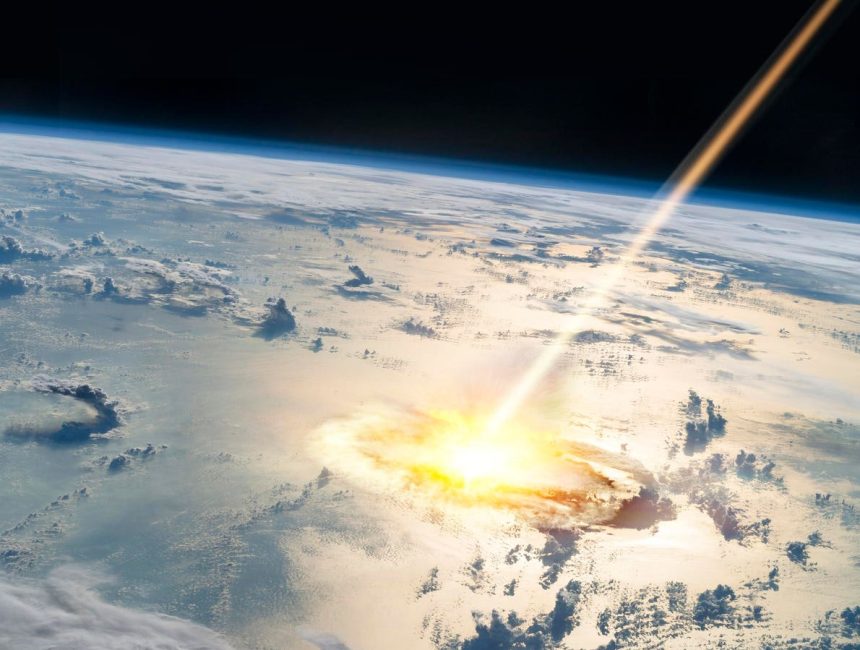The mystery surrounding the origin of Australasian tektites, glassy remnants of a massive meteorite impact approximately 800,000 years ago, has captivated scientists for decades. These tektites, scattered across a vast area encompassing the Indian Ocean, Australia, Southeast Asia, and even Antarctica, represent the most extensive tektite strewn field on Earth. While tektites from other strewn fields have been linked to specific impact craters – North American tektites to the Chesapeake Bay crater, European tektites to the Nördlinger Ries, and Ivory Coast tektites to Lake Bosumtwi – the source crater for the Australasian tektites has remained elusive. This missing crater, estimated to be around 20 kilometers wide, should be a prominent geological feature, yet its location has defied discovery, raising intriguing questions about its hiding place.
The search for the Australasian impact crater has focused primarily on East Asia, based on the distribution of the tektites. A 2019 study proposed a location beneath a volcanic plateau spanning Cambodia and Laos, suggesting that the crater is concealed by younger volcanic rocks. However, this hypothesis has been challenged, with critics arguing that the volcanic rocks largely predate the impact event and could not completely obscure such a large crater. Another potential site, identified in 2023 beneath the sands of the Badain Jaran Desert in Northwest China, was based on gravity and magnetic anomalies. However, without physical rock samples, the true nature of this anomaly remains unconfirmed, leaving the crater’s location still unresolved.
A recent breakthrough in the search has come from a detailed analysis of a Muong Nong tektite, a specific type of Australasian tektite. Researchers focused on monazite, a resilient mineral found within the tektite. Monazite’s high melting point, exceeding 2,050 degrees Celsius, means it survives the intense heat of an impact largely unchanged, preserving its original chemical signature. By comparing the chemical composition of monazite from the tektite with samples of rocks collected across Southeast Asia, the research team narrowed down the potential source region to a triangle encompassing the Philippines, coastal south China, and northern Vietnam. While this study doesn’t pinpoint the exact crater location, it significantly refines the search area and raises the possibility that the crater lies offshore, buried beneath sediments on the continental shelf.
This new finding offers a plausible explanation for the crater’s elusiveness. If located offshore and subsequently covered by river sediments, the crater would be effectively hidden from view, explaining why traditional search methods have failed to uncover it. The potential for an offshore location adds another layer of complexity to the search, requiring specialized techniques to investigate the seafloor and underlying sediments. This highlights the challenges involved in identifying impact craters, particularly older ones subjected to erosion, tectonic activity, and sediment deposition.
The search for impact craters is a crucial aspect of understanding Earth’s geological history and the role of extraterrestrial impacts in shaping our planet. Of the approximately 200 known terrestrial impact craters, most are relatively young, less than 200 million years old. Smaller craters, particularly those less than 5 kilometers in diameter, are likely underrepresented in the current inventory due to the erosional forces that gradually erase them from the landscape. In tectonically active regions, both on land and beneath the sea, the evidence of impacts can be completely destroyed over time, making their discovery even more challenging.
The continuing quest to locate the Australasian impact crater underscores the complex interplay of geological processes that shape our planet. Erosion, sedimentation, and tectonic activity can obscure or obliterate even large impact structures, making their discovery a testament to scientific ingenuity and persistence. The recent findings, narrowing down the search area and suggesting a possible offshore location, offer a renewed sense of hope for finally uncovering this elusive crater and completing the puzzle of the Australasian tektites. The research also highlights the importance of detailed mineralogical analyses in unraveling geological mysteries and provides valuable insights into the processes that have shaped Earth’s surface over millions of years.



